Price 3860.0 आईएनआर/ Kilograms
MOQ : 1 Kilograms
Trade Information
- Minimum Order Quantity
- 1 Kilograms
- डिलीवरी का समय
- दिन
About
91 000 74051 SmartCare Multi-Purpose Polymer A high-performance, acrylic emulsion-based liquid polymer admixture. It is a versatile bonding agent and modifier used to significantly enhance the properties of cement-based products like tile adhesives, mortars, and plasters.
Primary Function: To act as a powerful binder that increases adhesion, flexibility, and water resistance in cement mixes, making them suitable for demanding applications like heavy tile cladding and repair work.
Key Features & Benefits:
Superior Adhesion: Dramatically improves the bond strength and slip resistance of tile adhesives.
Enhanced Flexibility: Adds flexibility to mortars and putties, preventing cracks due to movement or vibration.
Water Resistance: Makes mixes waterproof and reduces water absorption.
Impact Resistance: Improves the durability of the material against shocks.
Versatile: Has multiple uses beyond tile adhesives, including as a bonding agent and in repair mortars.
Questions & Answers (Q&A)
Q1: What is the main mixing ratio for tile adhesives?
A: The standard ratio is 5 Liters of Polymer for every 30 kg bag of tile adhesive. First, mix the polymer with 2-3 liters of water, then add the adhesive powder while stirring.
Q2: Can it be used for other purposes?
A: Yes, it is highly versatile.
Repair Mortar: Add 5% of the polymer by weight of cement to a 1:3 cement-sand mix.
Crack-Free Putty: Mix putty and polymer in a 2:1 ratio.
Bonding Slurry: Mix Cement : Polymer : Water in a 2:1:0.5 ratio by weight.
Waterproof Slurry: Use the same 2:1:0.5 ratio for coating parapet walls.
Q3: What surfaces can it be used on?
A: It is designed for masonry surfaces (concrete, brick, plaster). It must not be used directly on wood or metal surfaces.
Q4: How long should I wait before grouting?
A: Wait for at least 24 hours after fixing the tiles before grouting.
Q5: What are the safety precautions?
A:
Wear eye protection and gloves.
Avoid inhalation of vapour or dust during surface preparation.
Keep out of reach of children.
Store in a cool, dry place with the lid tightly closed.
Refer to the Material Safety Data Sheet (MSDS) for detailed information.
Q6: What is the coverage area for the bonding slurry?
A:
As a bond coat: ~100 sq. ft. per liter for 1 coat.
As a slurry coating: ~50 sq. ft. per liter for 2 coats.


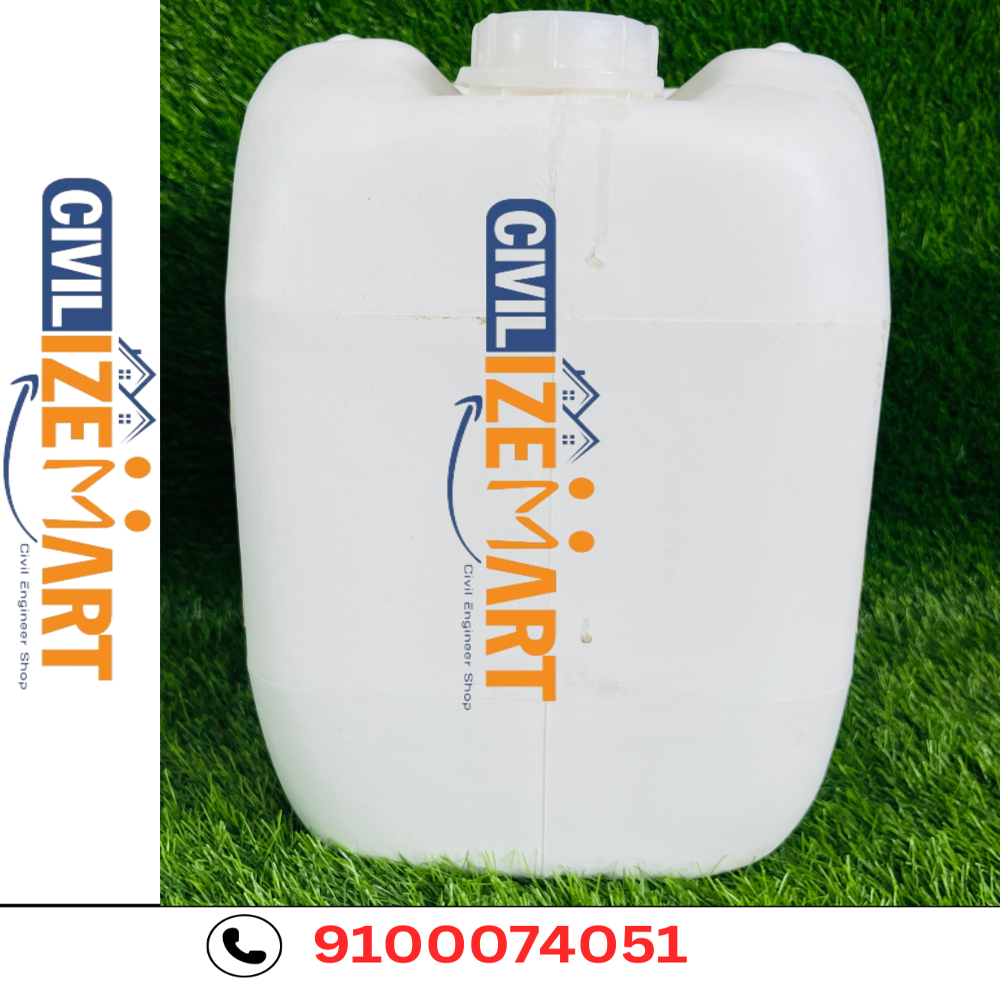
Tell us about your requirement

Price: Â
Quantity
Select Unit
- 50
- 100
- 200
- 250
- 500
- 1000+
Additional detail
मोबाइल number
Email
अधिक Products in 12 एशियन पेंट्स Category
एशियन पेंट्स स्मार्टकेयर केमबूस्ट
माप की इकाई : Kilograms/Kilograms
मूल्य की इकाई : Kilograms/Kilograms
न्यूनतम आदेश मात्रा : 100
मूल्य या मूल्य सीमा : आईएनआर
भौतिक रूप : Liquid
पवित्रता : High
एशियन पेंट्स स्मार्टकेयर पीयू इंजेक्शन 1K
माप की इकाई : Kilograms/Kilograms
मूल्य की इकाई : Kilograms/Kilograms
न्यूनतम आदेश मात्रा : 10
मूल्य या मूल्य सीमा : आईएनआर
भौतिक रूप : Liquid
पवित्रता : High

 जांच भेजें
जांच भेजें
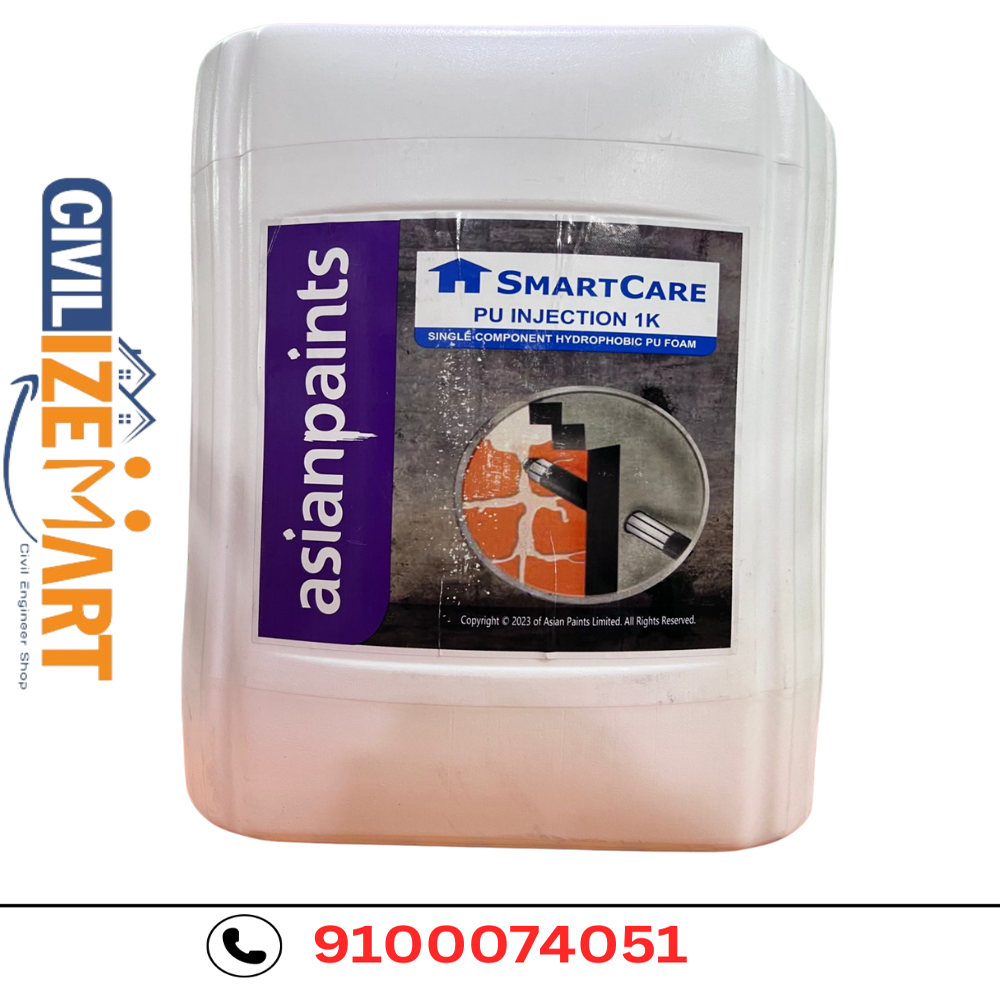
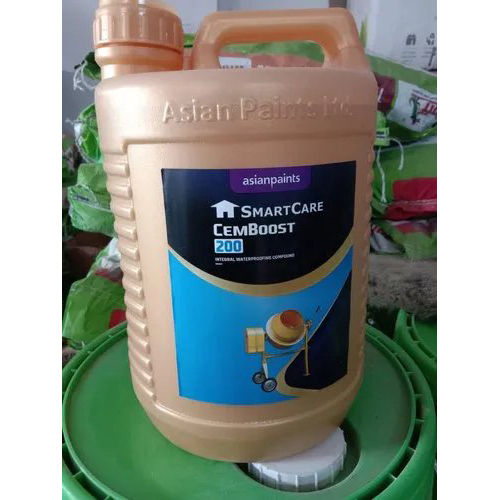
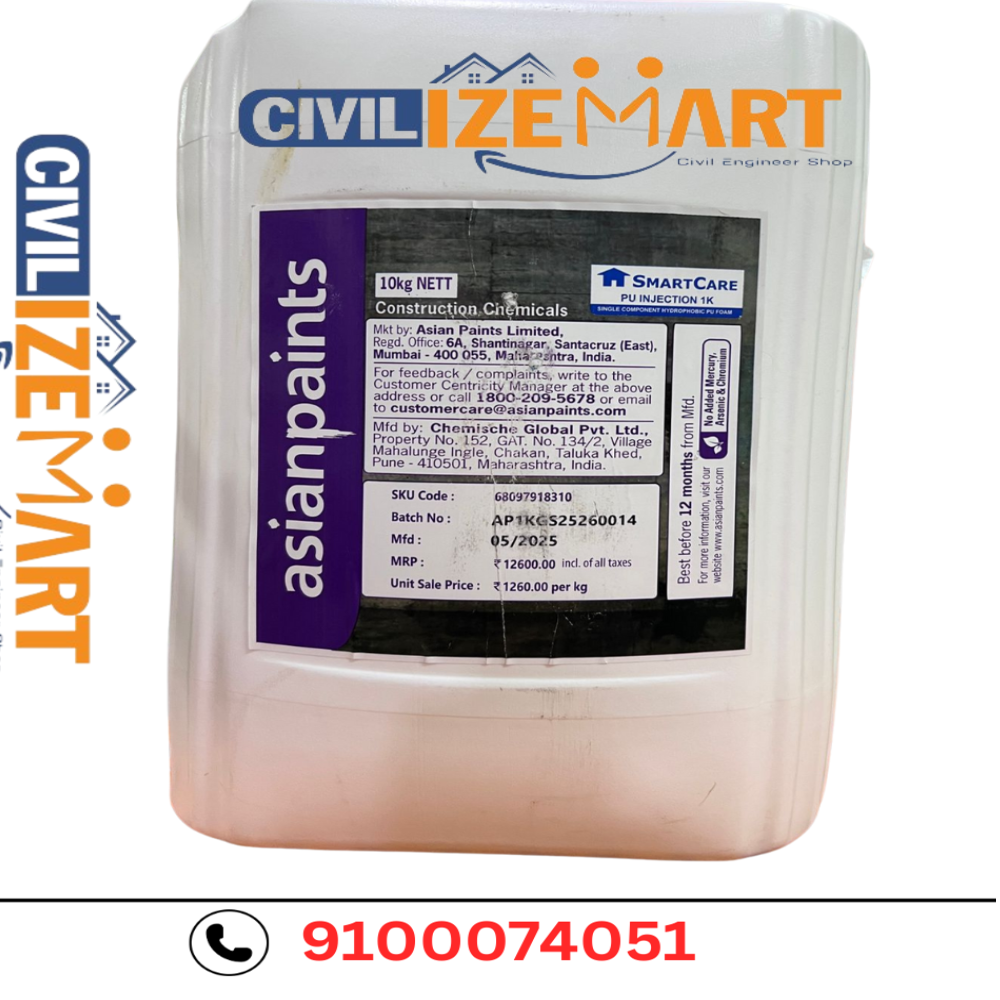
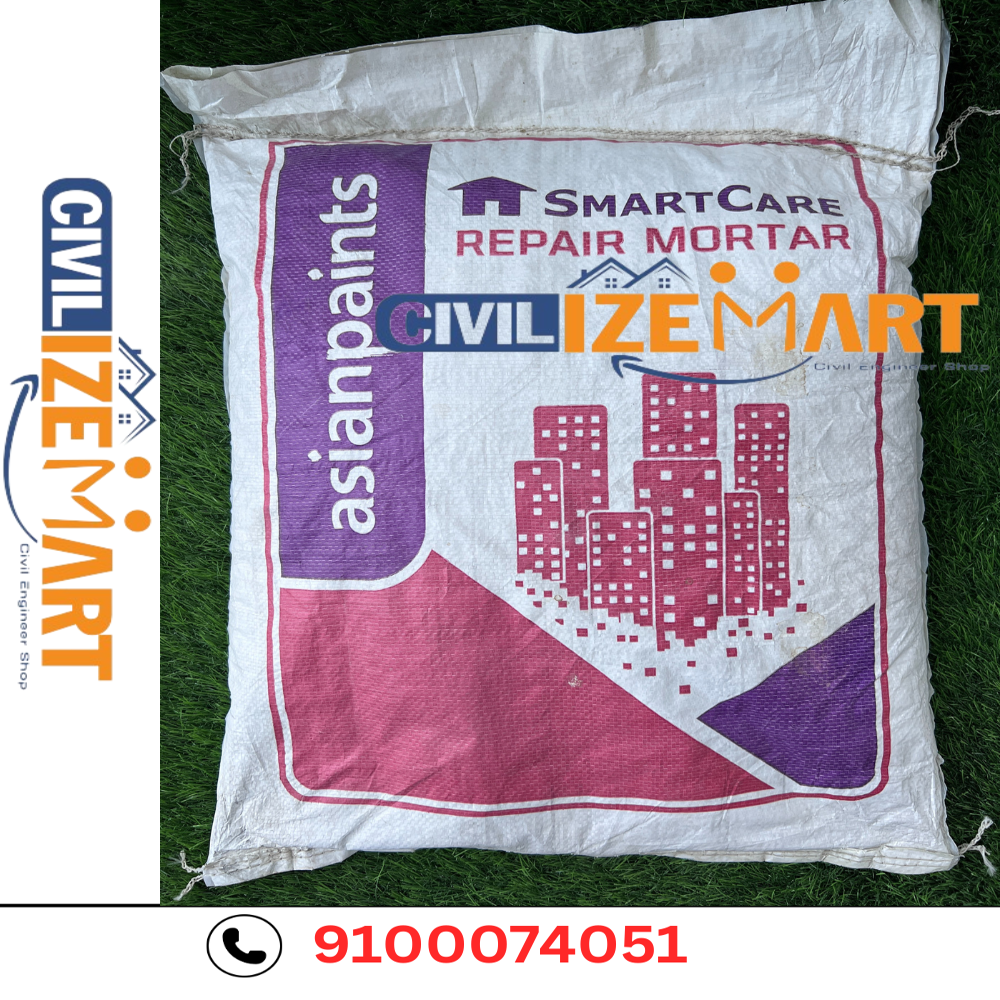


 जांच भेजें
जांच भेजें एसएमएस भेजें
एसएमएस भेजें